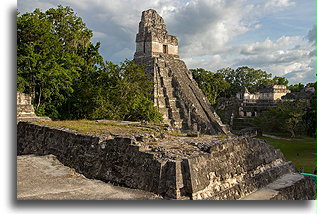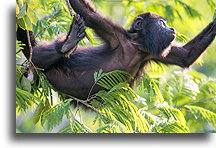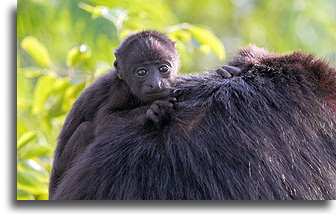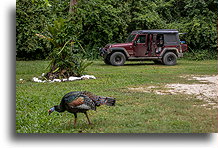One of the most powerful Maya kingdoms
November 29



Uaxactun today is a village surrounding an unused airport. The ancient ruins known as complexes A and B are separate places on both sides of the modern settlement. We spent the night right in front of the complex B overlooking the Maya ballcourt. After morning hot shower, we explored the ruins. We were alone there, there were no living souls nearby.




Throughout most of its history, Uaxactun has been closely associated with its large neighbor Tikal. Like many cities in the Peten region, Uaxactun collaborated, was in an alliance, and even became a vassal of Tikal. The time Tikal florescence, Uaxactun had similar trends in the architecture and expansion of the city. At the end of the Classic period, both cities were abandoned around the same time.




There is another important aspect of an external influence. In AD 378, non-Maya warlord referenced in Maya scripts as Siyaj Kʼakʼ or Fire is Born, invaded Tikal and became a king of Uaxactun. The old ruler and his family were sacrificed. New king introduced radical changes and the city was remodeled. Fire is Born was closely assorted with the distant Teotihuacan. Ties with a powerful city in the Valley of Mexico, 1300 km/ 800 miles away are not fully understood yet, but when Teotihuacan declined the 7th century, Tikal, Uaxactun and other cities in the Peten region experienced stagnation and lack of architectural activity.



Tikal was one of the most powerful ancient Maya kingdoms. Starting from AD 378 rulers of Tikal were foreign non-Maya, closely related to Teotihuacan. Tikal not only dominated the Peten region, but its influence extended as far as Copán in today’s Honduras. Tikal also had women on the throne. From AD 511 to 527, queen known as the Lady of Tikal was a key figure here, but she has never ruled on her own being always partnered with male co-rulers. Since the end of the 6th century, Tikal has been involved in a series of wars with Calakmul and several other city-states such as Yaxchilan.





Tikal is well restored today. Its architecture includes steep pyramids, large royal palaces, smaller residences, administrative buildings, platforms, and inscribed stone monuments called stelae. The core of the city is the Great Plaza with famous Temple of the Great Jaguar (Temple I) bordered by the palace complex and the huge funerary pyramid complex for the dynasty that used to rule here. Temple IV in another part of the city, erected in AD 741 is one of the tallest and most voluminous buildings in the Maya world. It measures 47 meters/ 154 feet in height.






While looking for a place to camp, we found a nice completely empty one. Unfortunately, we supposed to pre-pay for a night at the gate located 25 km away. We had no idea about that rule. The only option left was the Jaguar Inn. They let us camp in their small lawn area.















